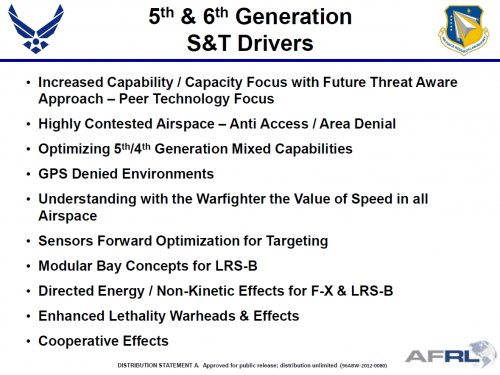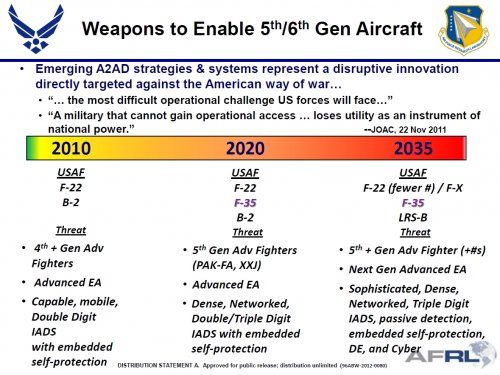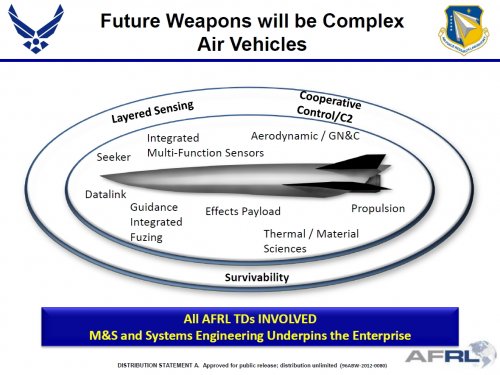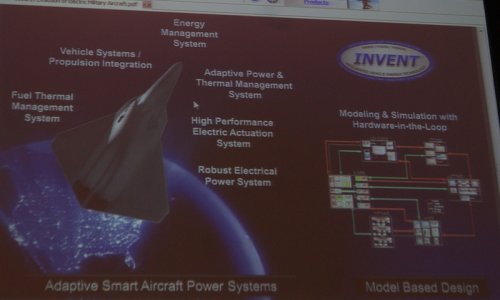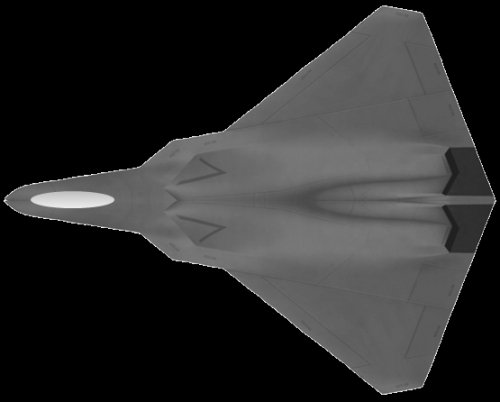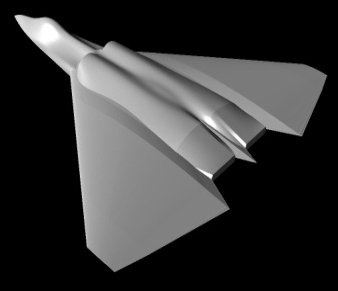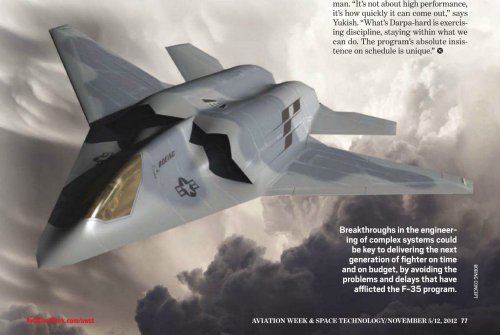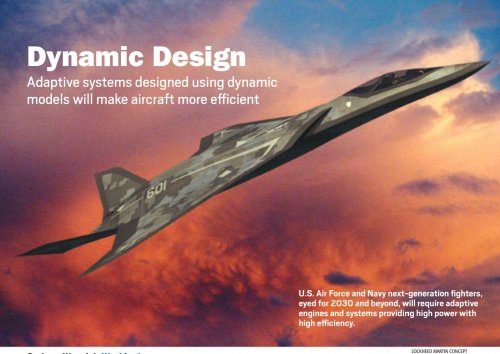Evil Flower said:
Surely spending money on projects that rely on the use of largely new and unproven technologies to provide superlative performance constitutes high risk? If the USN was as risk averse as you claim they would not be building DDG-1000, railguns or build the CVN-78 with EM cats instead of proven steam cats.
Heres an article about navy risk aversion:
http://www.usni.org/magazines/proceedings/2011-01/how-are-mighty-fallen
EM catapults have more to do with easing maintenance and reducing even further people at sea, so the Navy can continue using the ol' trident in the pentagon.
Wow the Navy found a whole different way of doing the exact same thing?? Gutsy!! steam catapults are hard on aircraft so its not a tough decision.
tell me how CVN-78 is drastically different from its predecssors. A smaller Island? wow! an automated systems to have fewer crew members once again. More Super Carriers? What a surprise. What about smaller cheaper to operate carriers? What about a steam catapult version of the America? What about changing your force structure to be faster, better? what about buying F-35Bs to augment smaller alternatives? What about buying certain land based fighters? (F-22s? even Marines have written ideas about buying F-22s and land basing them in lieu of F-35Bs. showing at least an idea of alternative strategies, concepts) Where are the Navy's deep thinkers? Where is the brain trust? Where is the hungry group of officers looking for enemy blood and finding new ways to get it?
DDG-1000?
On 31 July 2008, U.S. Navy acquisition officials told Congress that the service needed to purchase more Arleigh Burke-class destroyers, and no longer needs the next-generation DDG-1000 class,[19] Only the two approved destroyers would be built. The navy said the world threat picture had changed in such a way that it now makes more sense to build at least eight more Burkes, rather than DDG-1000s.[19] The navy concluded from fifteen classified intelligence reports that the DDG-1000s would be vulnerable to forms of missile attacks.[20] Many Congressional subcommittee members appeared incredulous that the navy could have conducted such a sweeping re-evaluation of the world threat picture in just a few weeks, after spending some 13 years and $10 billion on the surface ship program known as DD-21, then DD(X) and finally, DDG-1000. That figure does not include the money spent for the two hulls (DDG-1000 and DDG-1001).[19] Subsequently Chief of Naval Operations Gary Roughead has cited the need to provide area air defense and specific new threats such as ballistic missiles and the possession of anti-ship missiles by groups such as Hezbollah.[21] The mooted structural problems have not been discussed in public. Navy Secretary Donald Winter said on 4 September that "Making certain that we have — I’ll just say, a destroyer — in the ’09 budget is more important than whether that’s a DDG 1000 or a DDG 51
Theres that "damn the torpedos" we need it nowness I have seen from the USN!!
What had once been seen as the backbone of the navy's future surface fleet[28] with a planned production run of 32, the navy has since been replaced, destroyer production reverting to the Arleigh Burke class after ordering three Zumwalts
Easy navy!! don't change too fast!! slow down you sexy traditionalists. 3 ships? and then buying the same old suddenly means you are revolutionary? The Navy is top heavy, brought on by years of "zero defects," and not enough ships for officers to command, but no shortage of promotions of course. The navy has also been very wishy washy about what they choose are going to cut or not cut, showing indecisiveness at what is most important to them. Do we see how spending money in your R&D budget doesn't mean anything?
This is also the bunch that things that airplanes can't fly over water with a single engine.
Do you see the difference between developing a new weapon system/toy/gizmo and then reverting to the old as soon as things get tough or a hard decision must be made? That's called gutlessness. Can you remember the last time the navy made something or invented something and said something as bold as
"there is no plan B- We need this" ??

